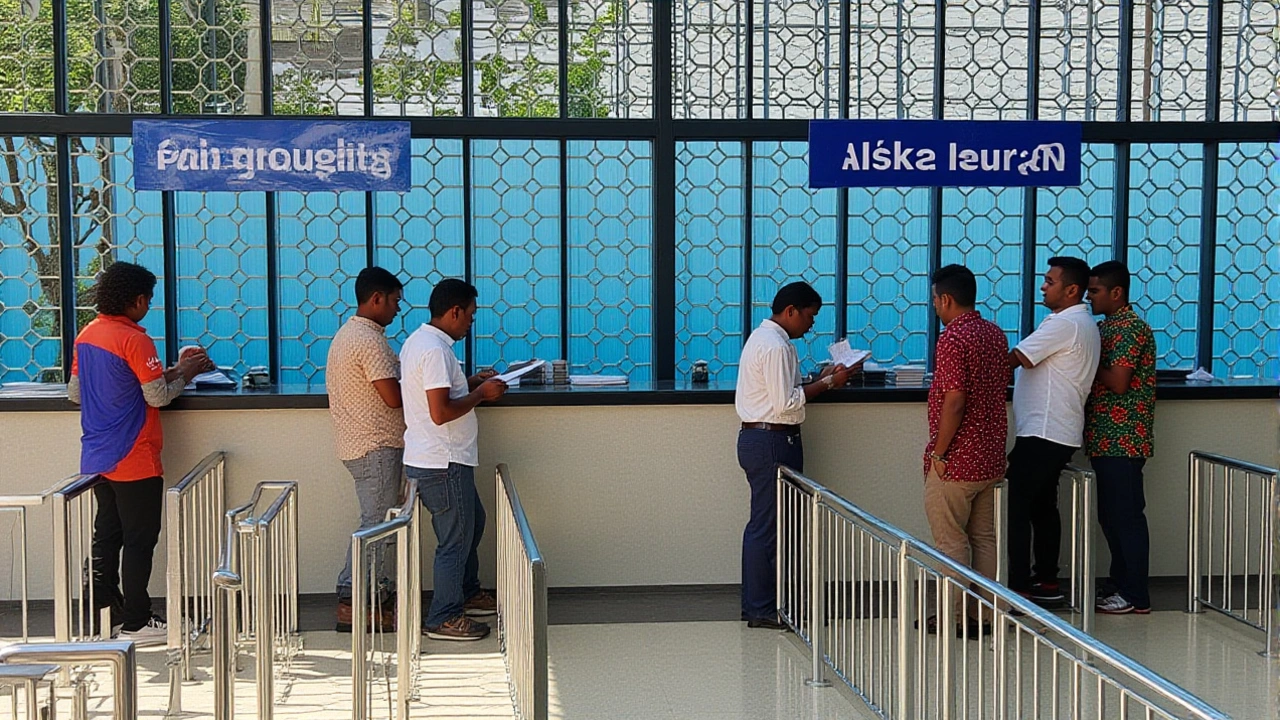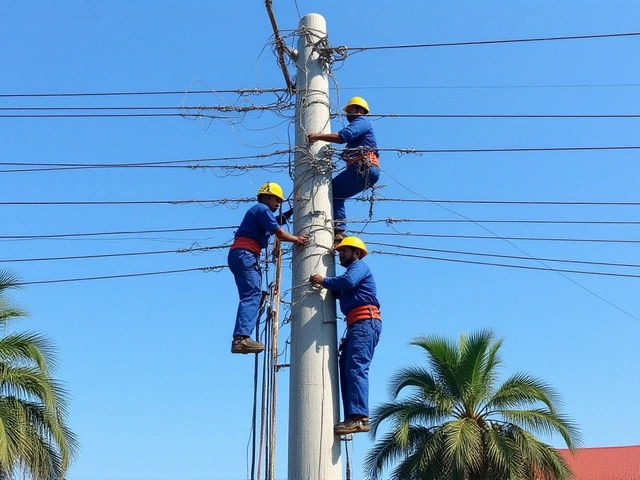copper trade – latest news and analysis
When tracking copper trade, the buying, selling, and physical movement of copper across borders. Also known as copper market, it links raw ore, refined metal, and end‑use industries. The copper trade hinges on two core forces: extraction and pricing. Extraction is driven by copper mining, the process of pulling copper ore from the earth, while pricing is set in commodity markets, global platforms where raw materials are bought and sold. Together they create a supply‑demand loop that decides daily price swings.
Why the copper trade matters today
Africa sits at the heart of this loop. Nations such as Zambia, the Democratic Republic of Congo and Botswana host some of the world’s richest copper belts. Their African economies, countries that rely heavily on copper exports for foreign exchange feel each price jump. When the London Metal Exchange (LME) posts a stronger copper index, government budgets stretch; when it dips, fiscal plans scramble. In 2024, a 12 % price rise added roughly $2 billion to Zambia’s export earnings, underscoring how tightly the copper trade ties to national stability.
Beyond raw exports, the rise of clean‑energy technologies reshapes demand. Electric vehicle demand, the growing need for copper in batteries, motors and charging infrastructure is a game‑changer. Each EV contains up to four times more copper than a conventional car, so a surge in EV sales directly lifts copper consumption. Analysts estimate that by 2030, EV‑related copper use could account for 30 % of total demand, pushing the copper trade toward a greener future.
Supply chains add another layer of complexity. After mining, ore travels to smelters, often in countries like Chile or China, before reaching manufacturers. Any bottleneck—port congestion, labor strikes, or energy curtailments—ripple through the copper trade. In South Africa last year, a two‑week power outage forced several smelters to idle, slicing output by 8 % and nudging global prices upward. This shows how the trade depends not just on extraction but on the entire logistics network.
Recycling offers a counterbalance. Scrap copper from wiring, plumbing and electronic waste can be melted down, reducing reliance on fresh ore. The International Copper Study Group notes that recycled copper now supplies about 30 % of global demand. As recycling rates improve, the copper trade may see less volatility, though the overall volume still leans heavily on primary mining.
Investors watch the copper trade like a pulse. Commodity funds, hedge funds and sovereign wealth pools all bet on price direction. When geopolitical tensions flare—say, sanctions on a major producer—the copper trade reacts instantly, moving up as markets anticipate tighter supply. Conversely, when new mining projects come online, prices can soften. Understanding these financial flows helps readers gauge why a single news flash can shift copper prices by several dollars per tonne.
All these pieces—mining, markets, African export reliance, clean‑energy demand, logistics, recycling and investment—interlock to form the modern copper trade. Below you’ll find a curated mix of stories that dive deeper into each facet, from policy shifts in Kenya’s power sector to Nigeria’s green‑hydrogen project, and from price spikes on the LME to on‑ground impacts in the Berg River valley. Explore the collection to see how the copper trade shapes economies, fuels innovation, and influences daily life across the continent.
China, Tanzania and Zambia seal a $1.4 B deal to revamp the TAZARA railway, aiming to boost copper exports and reshape regional trade routes.
Recent-posts
Nov, 17 2025






